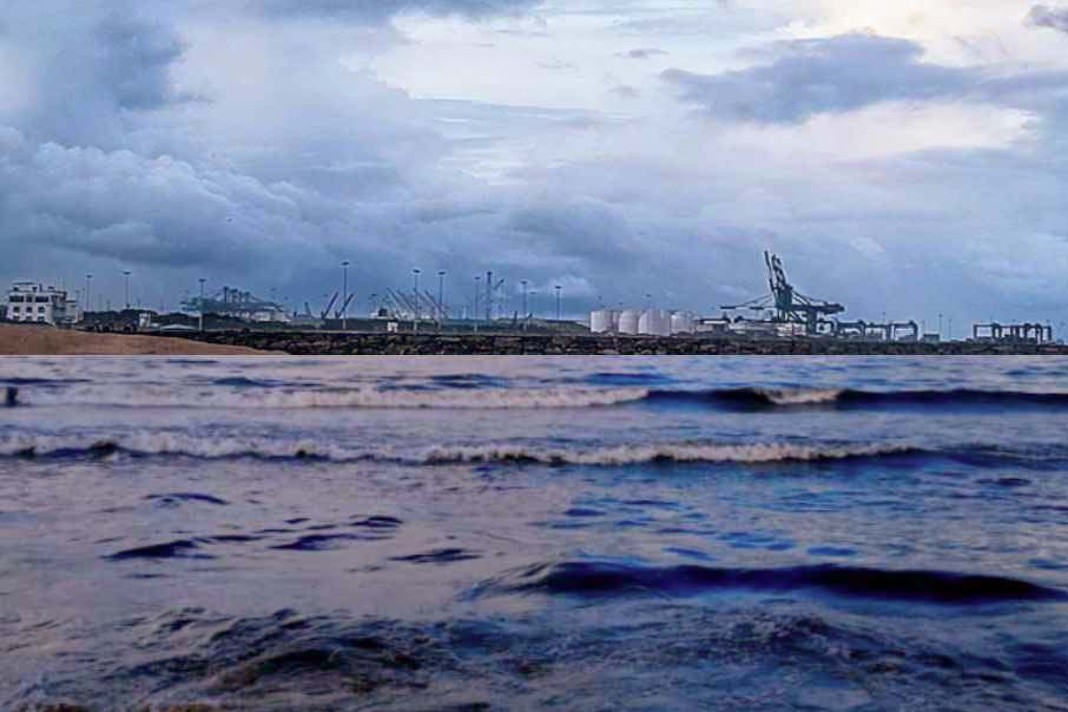- The bulk carrier fleet continues to grow, with steady vessel performance despite volatility in the Baltic Dry Index.
- INTERCARGO-entered ships consistently outperform industry averages in safety, detention, and inspection metrics.
- Casualty and injury rates show long-term improvement, though safety efforts must continue across all operations.
- Port State Control inspections highlight ongoing compliance challenges in specific regions, with increased enforcement activity.
In 2024, the maritime industry made significant progress in areas such as decarbonization, crew welfare, and operational excellence. Western Australia marked a key milestone with its first ammonia ship-to-ship transfer, moving closer toward adopting zero-carbon fuels despite ongoing cost and safety challenges. Meanwhile, rising incidents of crew abandonment, particularly within the shadow fleet involved in sanctioned trades, underscored the need for stronger enforcement of seafarers’ rights. In a positive development, the launch of the Dry Bulk Centre of Excellence and the DryBMS portal signaled a step forward in governance and performance standards. These efforts, along with the first ESG Review and growing industry participation, reflect the sector’s drive toward sustainable growth, according to the benchmarking report released by Intercargo.
Key Developments in the Bulk Carrier Sector
The latest assessment of the bulk carrier industry outlines important trends across fleet performance, regulatory oversight, and market dynamics. In 2024, the Baltic Dry Index (BDI) experienced significant fluctuations, peaking at over 2,100 points in July before falling sharply to 1,000 by December. The decline extended into early 2025, with the BDI touching just above 700 points in February before recovering to around 1,400 by May.
Fleet expansion continued steadily, with a 6% growth in the number of operational vessels from January 2023 to January 2025. This trend is expected to persist through 2025, stabilizing in 2026. Scrapping activity has remained low due to firm earnings across the sector but is anticipated to increase as the market levels out.
Classification societies remain a critical element in ensuring vessel quality and performance. In 2024, 95.9% of the bulk carrier fleet was classed under IACS members, who maintained a strong average Deficiencies Per Inspection (DPI) score of 1.78. This performance stands in contrast to non-IACS classed vessels, which recorded a DPI of 5.66. ClassNK held the largest market share, covering 34% of the global fleet.
Flag States continue to play a vital role in upholding international maritime standards. In 2024, bulk carriers were registered under 88 flags, with 16 of those flags accounting for nearly 86% of the total fleet. These administrations are responsible for maintaining compliance with safety, environmental, and labor regulations, contributing to safe and sustainable maritime operations.
INTERCARGO’s entered fleet remains committed to high standards in safety, environmental responsibility, and operational performance. Although detention rates saw a slight rise for both INTERCARGO-entered and non-entered vessels, global detention levels remained unchanged. A gradual increase in deficiencies per inspection was observed across the industry, reflecting a similar pattern within the INTERCARGO-entered fleet.
Safety, Performance, and Regulatory Oversight in Focus
Benchmarking data confirms that vessels registered with INTERCARGO consistently outperform industry averages in key safety indicators such as detention rates and deficiencies per inspection. Owners are encouraged to use these insights to evaluate the performance of their own fleets and identify opportunities for improvement.
Casualty analysis covering the years 2015 to 2024 reports 20 total losses of bulk carriers over 10,000 dwt, with an average vessel age of 18.3 years. Total deadweight tonnage lost during this period reached 1.8 million dwt, or roughly 179,000 dwt annually. The primary causes of fatal incidents were cargo shift and liquefaction, while groundings accounted for the highest number of ship losses. Although 89 crew members lost their lives over the decade, there has been a steady long-term decline in both vessel and life losses, reflecting improved safety measures across the industry.
The Protection & Indemnity (P&I) sector also showed shifts in market dynamics. The International Group of P&I Clubs increased its market share from 73% in 2023 to 81% in 2024. IG Club members demonstrated stronger performance with an average DPI of 1.71, compared to 3.32 among non-members. Gard maintained the best DPI score at 1.46, while the recently merged NorthStandard and Gard led the market in terms of share, at 12.7% and 12.8% respectively.
Port State Control (PSC) remains a vital tool in ensuring compliance with global maritime regulations. In 2024, Australia reported the highest DPI rate at 3.98, well above the global average of 1.67, according to AMSA. For detentions, the Paris MoU led with a rate of 5.30%, surpassing other regions such as the Black Sea, Tokyo, and AMSA, all of which recorded above-average detention levels. The Tokyo MoU conducted the largest number of bulk carrier inspections, followed by Vina Del Mar and Paris, demonstrating continued international efforts to identify and rectify non-compliant practices.
Did you subscribe to our Daily newsletter?
It’s Free! Click here to Subscribe!
Source: INTERCARGO






















